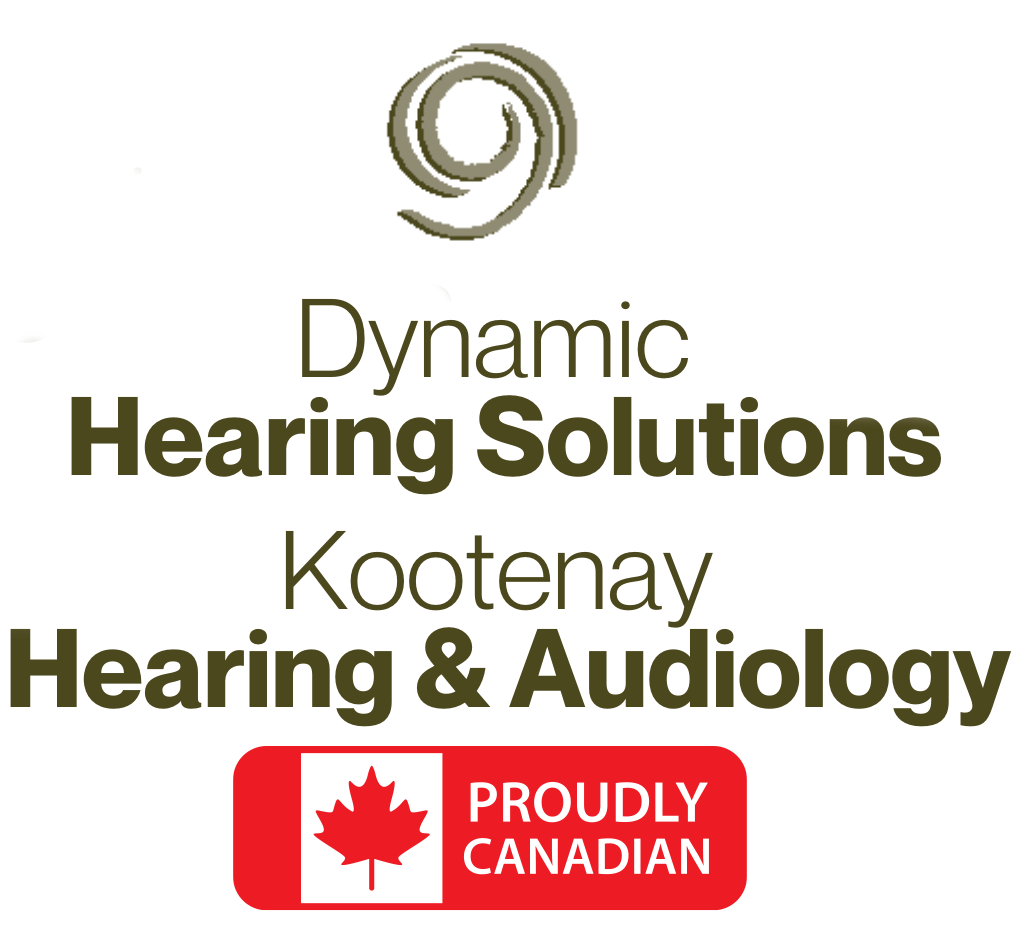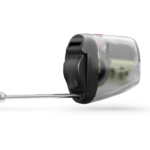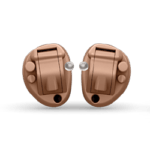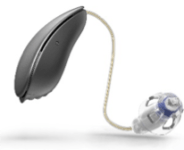Hearing Aids & Accessories
Find the Best Solutions for Your Hearing Challenges
Hearing loss is a condition that affects millions of people across Canada. The best solutions for hearing loss are ones that are personalized to your hearing challenges and lifestyle.
At Dynamic Hearing Solutions, we leverage the range of modern hearing aid technology to provide solutions that fit your needs.
Hearing Aids from Dynamic Hearing
Hearing aid technology is always evolving and comes in a wide range of styles, features and price ranges. Many people avoid even considering hearing aids because they are concerned about stigma, costs and if the devices will actually be helpful.
Our team is focused on understanding your hearing challenges and then offering solutions that will be effective. We want you to be confident in your decision throughout the life of your hearing aids.
Best Selection of Hearing Aids
Our hearing aids are carefully selected from the leading manufacturers. You'll get clear recommendations for the best hearing aids for your needs.
110% Value Match Guarantee
We are confident in our value promises and services, so we offer a 110% value guarantee on the same hearing system found at any other local clinic.
90-Day Risk-Free Trial
We are confident in our value promises and services, so we offer a 110% value guarantee on the same hearing system found at any other local clinic.
2-Year Repair Warranty
Our comprehensive warranty will cover any costs that may be incurred during the first two years. This gives you peace of mind as you acclimatize to wearing new hearing aids.
1-Year Loss & Damage Warranty
If you lose your hearing aids or they are damaged beyond repair, we will replace them with the same type and style of hearing aid within the first year (deductible applies).
Unlimited Follow-up Visits
We want you to get the most out of your hearing aids. Unlimited visits are included for the life of your new hearing aids for cleaning, reprogramming and fit adjustments.
Annual Evaluations and Reprogramming
Your hearing and lifestyle can change over the life of your hearing aids. Annual evaluations and reprogramming will ensure your hearing aids match the amplification you require.
Hearing Aid Styles
The best hearing aid style for you depends on your hearing challenges, lifestyle and personal preferences. Our team is experienced in recommending hearing aids that match your needs – for the short-term and long into the future.
Completely in the Canal (CIC)
Designed for individuals with mild-to-moderate hearing loss as well as those with severe high-frequency sensorineural hearing loss, the shell of the hearing aid fits entirely within the canal thereby making it virtually invisible. They are custom fit to the wearer's ear canal size and place the technology of the hearing aid next to the eardrum. CICs are very small and therefore are not recommended for individuals with reduced dexterity.
In-The-Ear (ITE)
Designed for individuals with mild-to-profound hearing loss, this type of hearing aid is better suited for individuals with dexterity problems as the size of the hearing aid and battery are much larger than those that fit within the ear canal.
Power Behind-The-Ear (Power BTE)
An extremely versatile style of hearing aid, the power BTE is designed for all types of hearing losses and is also cosmetically appealing because it sits behind the ear with a small tube that enters the ear canal much like an open-fit hearing aid. They are also large enough to accommodate individuals with dexterity problems.
Open-Fit Behind-The-Ear (Open BTE)
Designed for individuals with mild-to-profound hearing loss, the type of hearing aid is designed with invisibility and power in mind. All of the electronics are housed in a compartment that sits behind the ear and a nearly invisible tube is placed within the ear canal to transmit sound to the eardrum
Hearing Aid FAQs
Find the best hearing aids for you
Book an appointment with a hearing health professional at Dynamic Hearing Solutions







